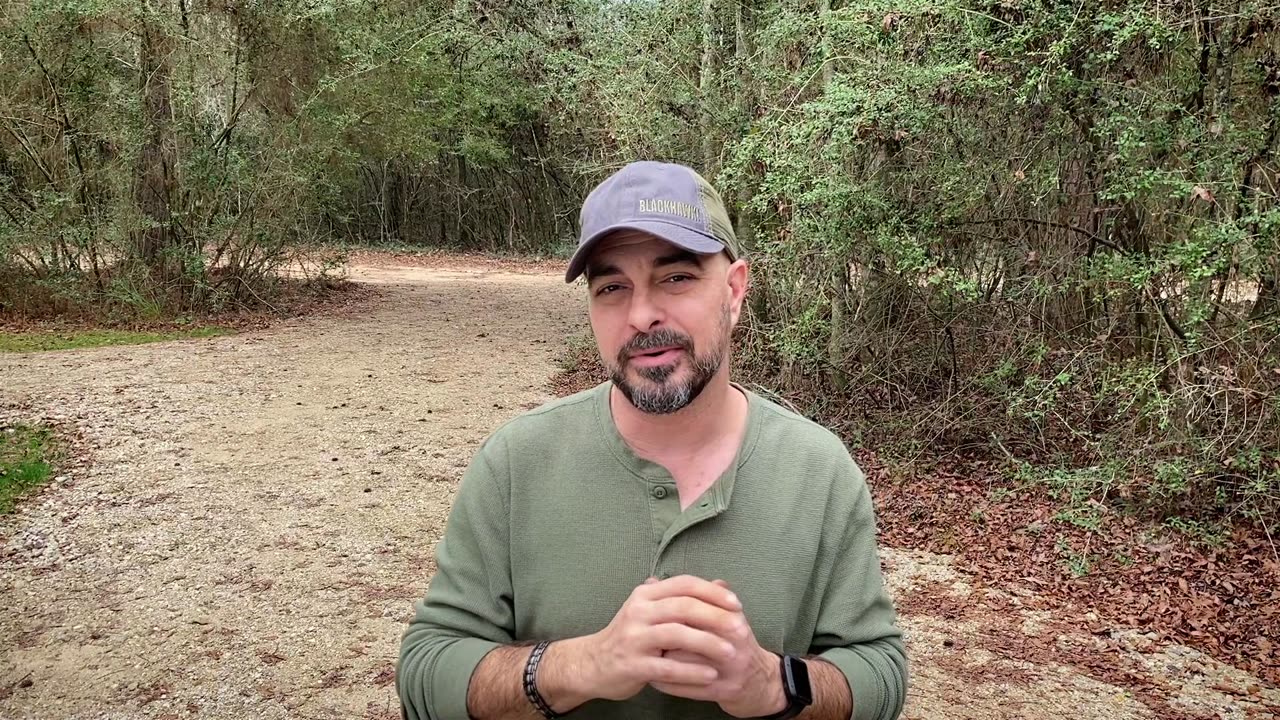Grow Lights on the CHEAP!
Grow lights aren’t cheap and the way they are marketed can make it all very confusing to the average or new gardener. I’ve used this light setup for years and it has done particularly well for me when starting seeds for transplants. Since I had to replace my old worn out grow-light system, I thought it was a perfect time to clear up some of the confusion over what grow lights are and how they work, and to give you a really easy and simple way to make your own on the cheap with parts you can get at just about any hardware or home store.
This setup will show you how to use regular fluorescent light bulbs and a basic shop fixture to you’re your very own, highly effective, inexpensive grow-light! Now I prefer these fluorescent lights, but you can use LED lights. I just find them a bit more expensive, they do last longer though, but for me personally, I’ve not had good results compared to the fluorescent bulb setup.
Time-stamps and a basic explanation is below to make it even easier to reference the information later!
TIME-LINE:
00:00 – Short Introduction
00:55 – Introduction and Backstory
02:31 – What is a Lumen?
04:18 – What is a Kelvin?
06:18 – Putting it all together
06:53 -- Options for lights and fixtures, What's the difference?
08:57 – How Far to keep your lights from plants
09:51 – How to hang your new grow-light
11:49 – Summary and product info
What is a Lumen:
The easiest way to think about LUMEN is, it’s the total amount of visible light come from your bulb. Think of the lumen measurement as the total number of ‘beams of light’ that are coming out of your bulb (this is for forming a mental picture of how they work it is in no way the actual scientific definition of a lumen!) Different types of lights and bulbs will produce different amount of lumen. I’ll list a few here by their wattage for reference:
100W – around 1600 Lumen
75W – around 1100 Lumen
60W – around 800 Lumen
The big difference when looking at the examples above is that Watts do not necessarily equal brightness. What I mean by that is Lumen equal brightness but Watts is the amount of energy the light is using. So lower watts can have higher lumen and higher watts can have lower Lumen! Confused yet? Don’t be, Lumen are what matter to us as gardeners.
What is Kelvin:
To make it really simple, Kelvin basically describes the color temperature of a light. You always see this as the rating with a ‘K’ behind it, usually shown on the light package as an arrow on a line. That line goes from very warm light on the left (low kelvin) to very white light on the right (high kelvin). For reference here is a list of the Kelvin colors and what you might associate them with:
1,900K – Candle light
2,800K – Your standard old school incandescent bulb
4,800K – Sunlight on a clear day
10,000K+ - Absolutely clear blue sky
The things above will kind of give you a feel for what Kelvin looks like color-wise. If we are just starting seeds to transplant, we want to keep the light color to very cool lights (5,000K and up). However, if we want to grow plants under lights, maybe so it will produce flowers or fruit, we want keep the Kelvin range to the more warm side of the spectrum, 4,500K down to about 3,000K.
Optimal Combinations of Lumen & Kelvin:
For seed starting you just have to remember one number 5,000! 5,000 Lumen and above and 5,000K and above. I prefer personally to use lights that are in the 6,000-7,000K range and a total combination of Lumen (meaning all lights in the housing added together for Lumen only) of around 6,000. The reason for this is the lights do not have an infinite shelf life. The longer you use them, the less effective they become. Using a slightly higher number give us a bit longer use and more wiggle room!
Distance from lights to plants:
Distance from the plant to the light is dependent on the number of Lumen your light is producing. If we have really low lumen, in our case around 5,000 Lumen, we need to keep the lights very close to the plants. If we have very high amount of Lumen that distance to the plant increases. Here is a list of distances for reference:
5,000 Lumen – Seed Starting 6-7” after leaves form 2-8”
10,000 Lumen – 12-14”
30,000 Lumen – 5-7 Feet
This is a generalization, you’ll need to experiment with positioning based on the type of plants, and your space!
Links to Products I used (NOT AFFILIATED):
48” T12 Two Bulb Shop Light (Lowe’s): https://www.lowes.com/pd/Lithonia-Lighting-1233-Linear-Shop-Light-Common-4-ft-Actual-5-5-in-48-in/1000410165
F40 T12 Fluorescent Light – 2,900 Lumen (per Bulb) 6,500K (Lowe’s): https://www.lowes.com/pd/GE-40-Watt-48-in-Medium-Bi-pin-T12-6500-K-Daylight-Fluorescent-Light-Bulb-2-Pack/1003011522
Thanks for watching and don't forget to get your hands dirty!
Follow me on:
YouTube: https://www.youtube.com/@texasgardendoc
Instagram: https://www.instagram.com/texasgardendoc
Twitter: https://twitter.com/TexasGardenDoc
-
 LIVE
LIVE
Awaken With JP
3 hours agoThe Current Thing: Tesla Protesting - LIES Ep 82
4,496 watching -
 LIVE
LIVE
Sean Unpaved
35 minutes agoNFL Free Agency Rolls On! MLB Spring Training Heats Up along with 3x World Series Champ Dave Stewart
204 watching -
 2:10:15
2:10:15
Right Side Broadcasting Network
5 hours agoLIVE REPLAY: White House Press Secretary Karoline Leavitt Holds Press Briefing - 3/11/25
78.6K26 -
 2:06:00
2:06:00
The Quartering
4 hours agoTrump Goes NUCLEAR On Canada, Blasts Massie, Harry Potter Race Swap, Man Humiliated On TV Show
44.2K21 -
 1:03:09
1:03:09
The White House
3 hours agoPress Secretary Karoline Leavitt Briefs Members of the Media, Mar. 11, 2025
26.5K13 -
 1:07:03
1:07:03
Winston Marshall
2 hours agoEXCLUSIVE : Oliver Anthony On Life After ‘Rich Men’, The Christian Counter Culture and The Elites
22.3K5 -
 1:44:47
1:44:47
Russell Brand
4 hours agoDigital Censorship & Political Warfare: X Attacked, Rand Paul Rebels, Free Speech on Trial – SF551
106K18 -
 LIVE
LIVE
tastylive
3 hours agoLIVE Stocks, Options & Futures Trading with the Pros! (Market Open -> Close & More) March 11th, 2025
243 watching -
 1:35:59
1:35:59
Simply Bitcoin
4 hours ago $2.18 earnedTrumps Bitcoin Embrace TERRIFIES The EU | EP 1200
31.5K5 -
 2:00:05
2:00:05
The Charlie Kirk Show
3 hours agoThe Left Regroups + Deporting Hamas Lovers + Love Is Blind? | Rep. Donalds, Dr. Arnn | 3.11.25
78.5K12

1 Comment